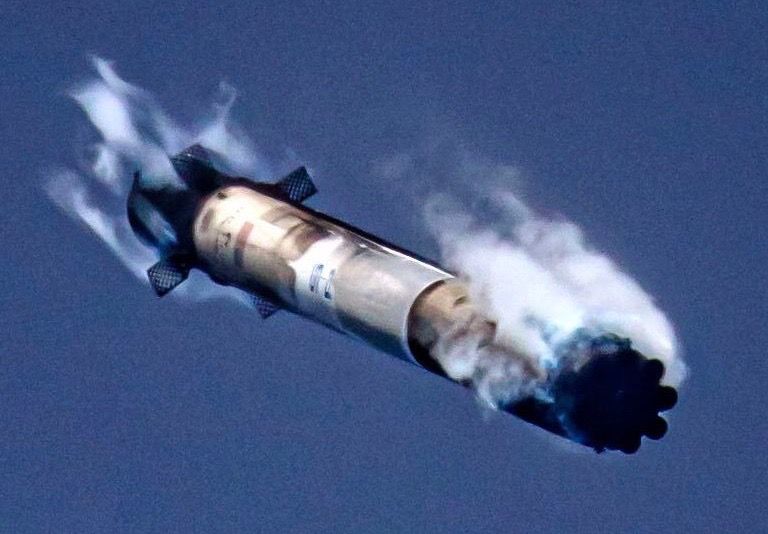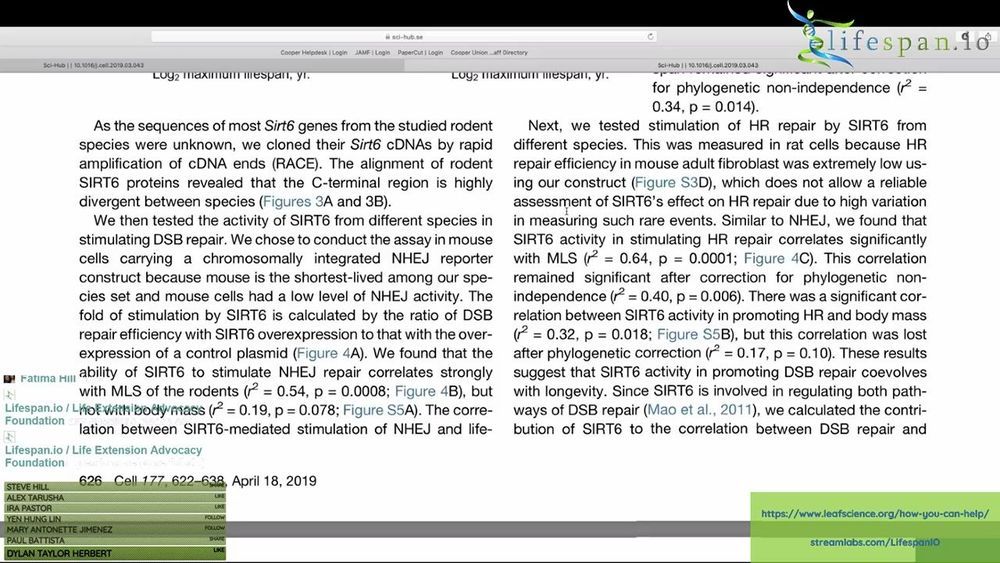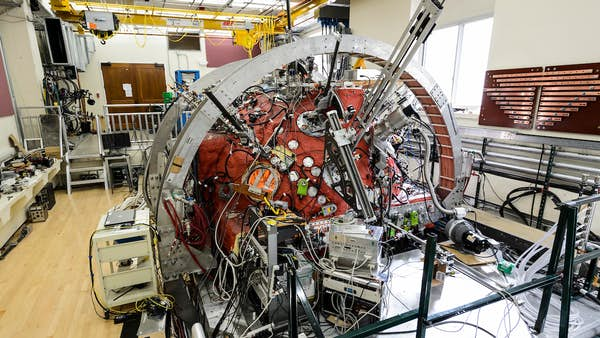Jul 30, 2019
Light may magnetise non-magnetic metals, propose physicists
Posted by Quinn Sena in category: biotech/medical
Physicists from Nanyang Technological University, Singapore (NTU Singapore) and the Niels Bohr Institute in Copenhagen, Denmark, have devised a method to turn a non-magnetic metal into a magnet using laser light.
Magnets and their magnetic field are typically produced by circulating currents, like those found in everyday electromagnetic coils. The ‘handedness’ of these coils—whether they are wound in clockwise or anticlockwise fashion—determines the direction of the magnetic field produced.
The scientists theorise that when non-magnetic metallic disks are illuminated by linearly polarised light—light that does not possess any handedness of its own—circulating electric currents and hence magnetism can spontaneously emerge in the disk.
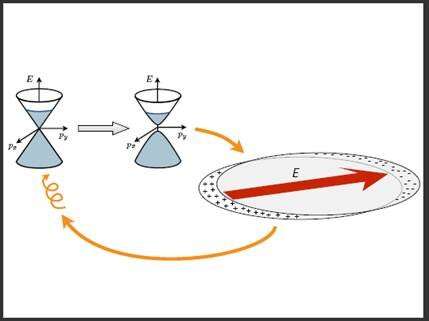
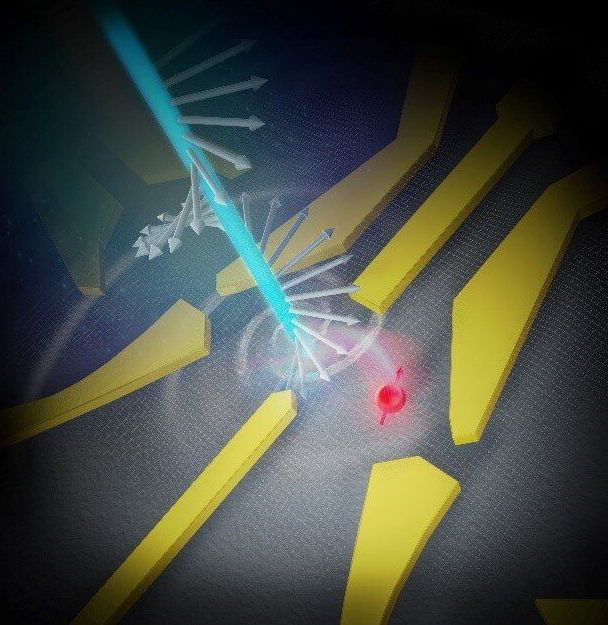

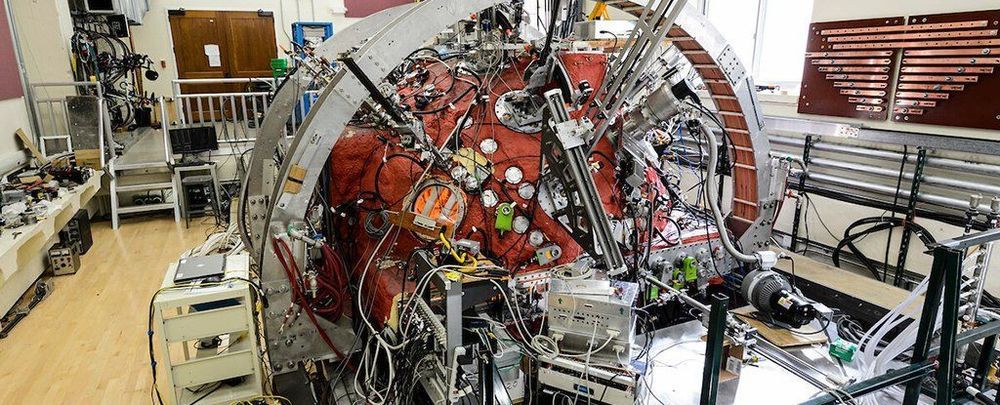

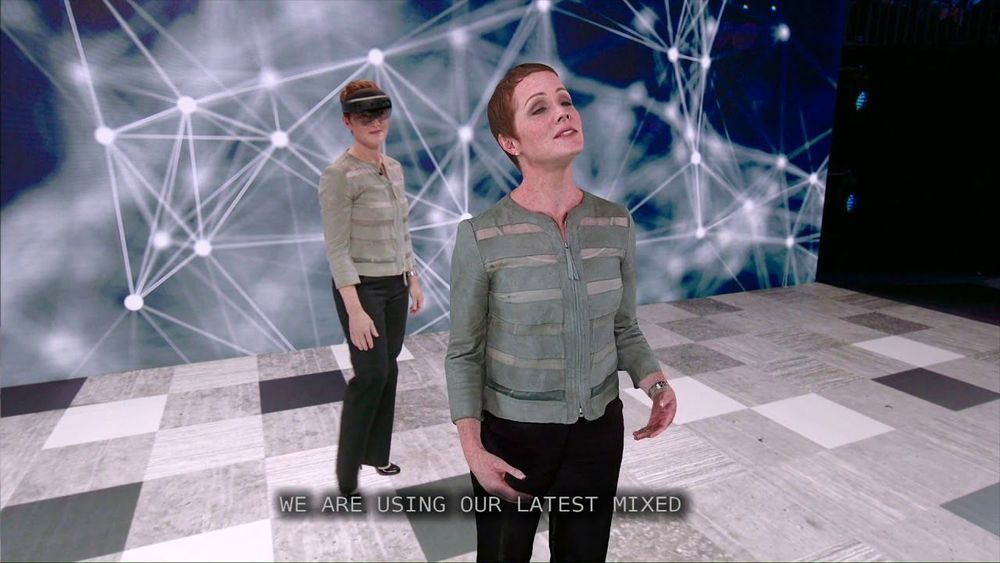
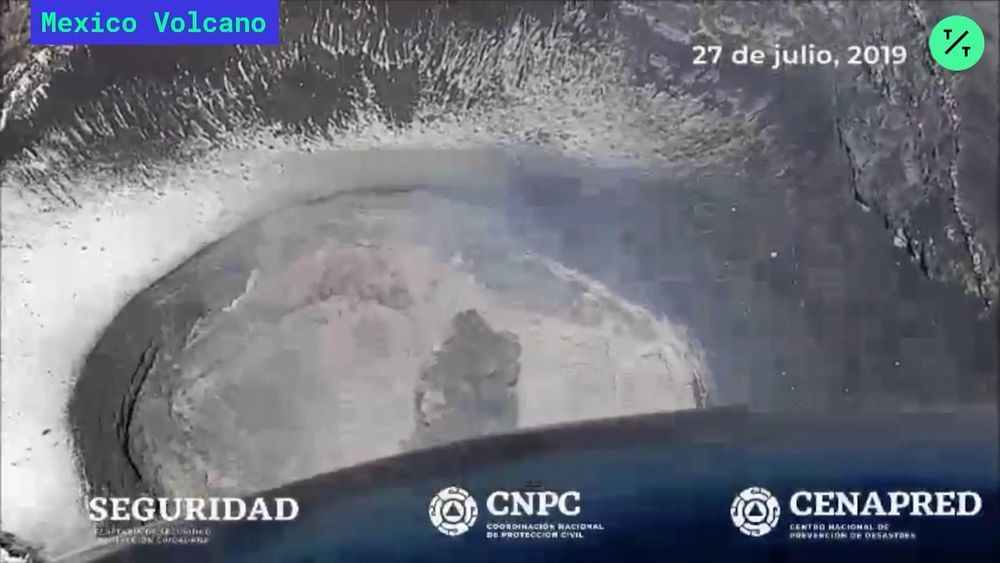
 00:49.
00:49.